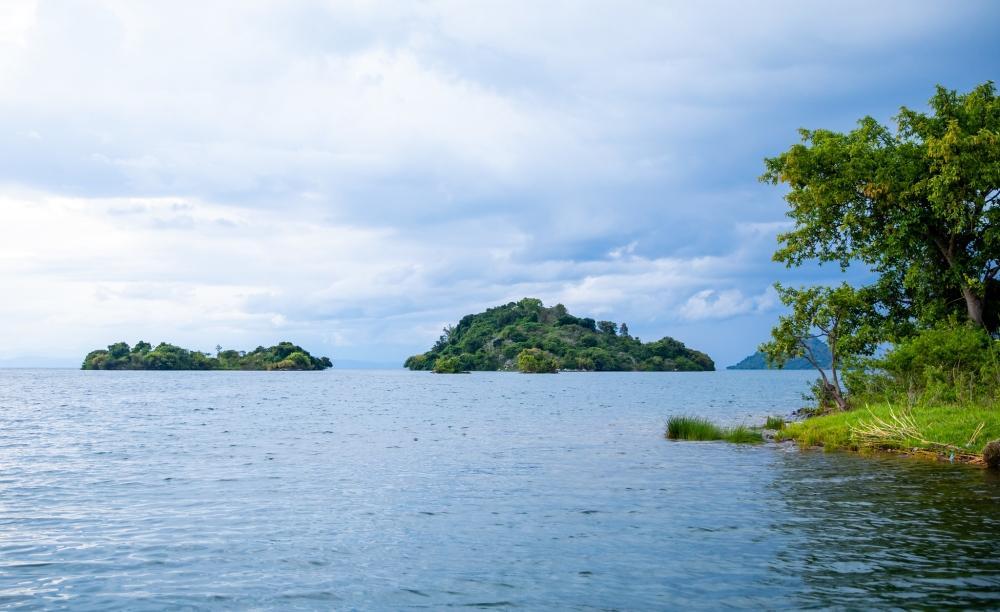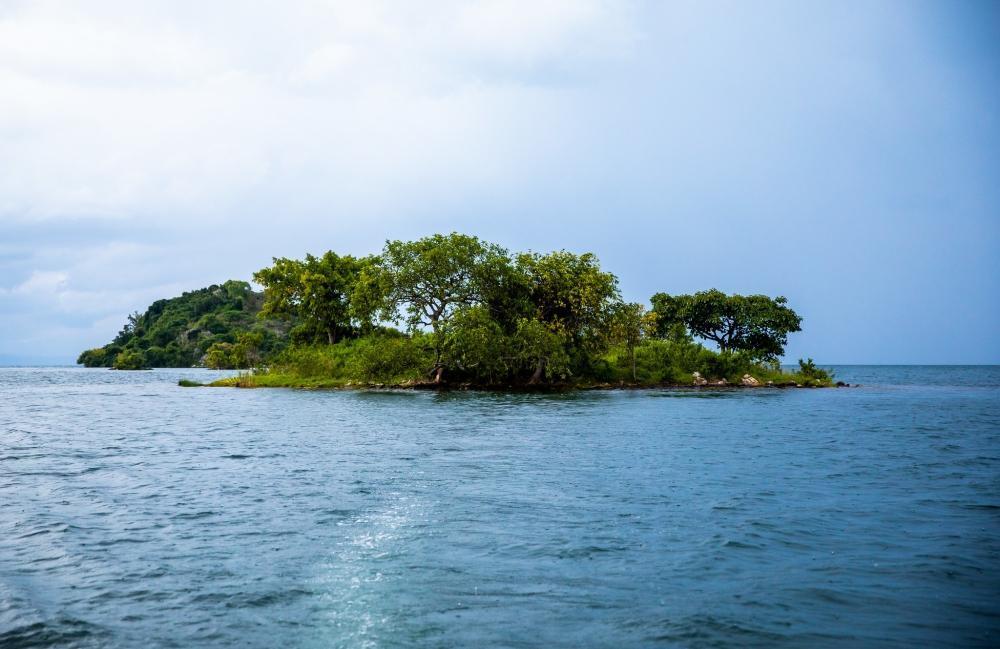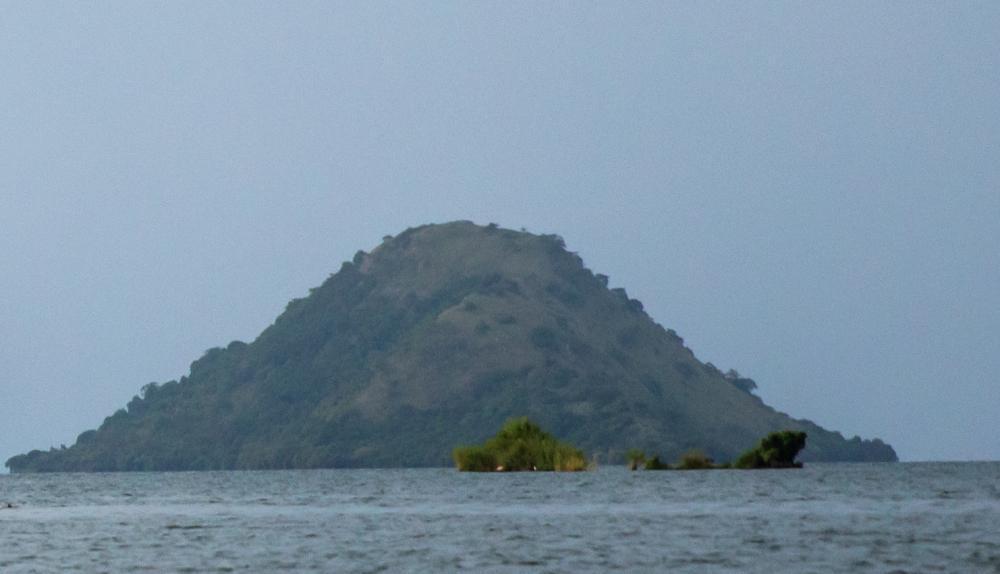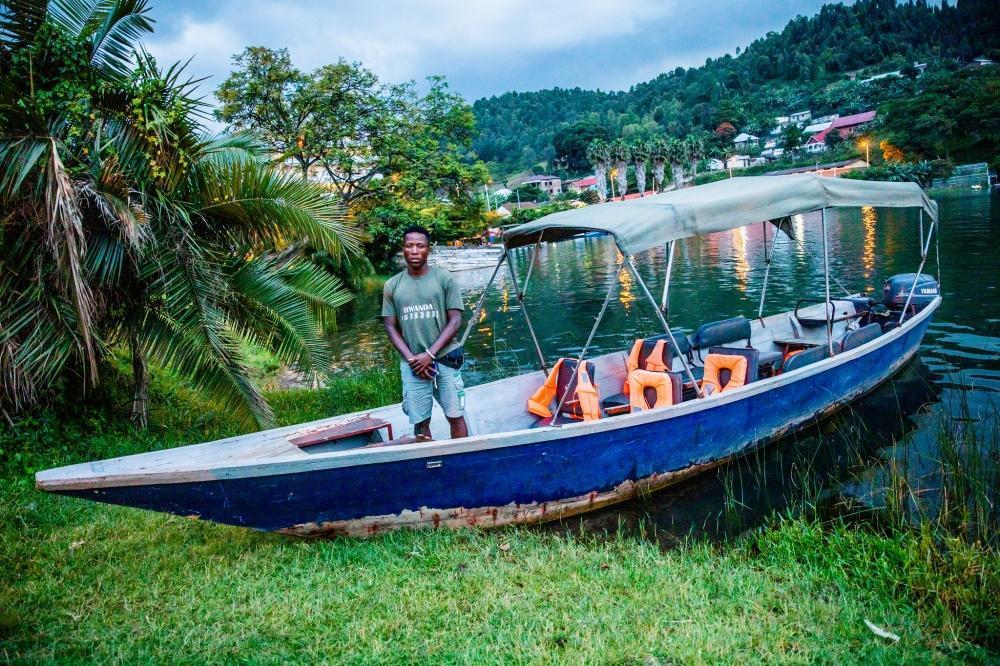Africa-Press – Rwanda. Rwanda is laying the groundwork to transform several ecologically rich islands on Lake Kivu into a national biodiversity park by 2028, a move expected to boost conservation and eco-tourism.
The initiative stems from studies that showed that the islands had enough biodiversity that and could potentially be turned into formally protected areas. This comes as government announced plans to relocated human settlements from some of the islands to safer areas.
The biodiversity park would be Rwanda’s fifth national park. Currently, the country boasts of Volcanoes National Park, Nyungwe National Park, Akagera National Park and Gishwati-Mukura National Park.
The plan to turn the islands into a national park was revealed on Tuesday, June 17, by Juliana Muganza, Deputy CEO of the Rwanda Development Board (RDB), who appeared before the Senate Committee on Social Affairs and Human Rights.
She cited findings studies that revealed the islands’ exceptional biodiversity.
There are 10 islands on the Rwandan side of Lake Kivu. A 2024 study of the islands documented over 80 bird species, 142 plant species, 6 mammal species, 6 reptile species, and numerous other forms of life.
According to the Ministry of Environment, some of these species are found only in Rwanda and are listed as requiring urgent conservation efforts. These include the marsh mongoose (Atilax paludinosus) and rare tree species like Euphorbia dawei, both of which are in need of protection.
The surveys recorded more than 60 bird species, including the scarlet-chested sunbird (Nectarinia senegalensis), the cardinal woodpecker (Dendropicos fuscescens), and the Egyptian goose (Alopochen aegyptiacus).
Wetlands support species such as African pygmy kingfisher (Ispidina picta), and the water thick-knee (Burhinus vermiculatus).
The islands are also home to fruit bats, reptiles like the forest cobra (Naja melanoleuca), and a wealth of flora, some of which are rare or endangered.
Key plant species include Psydrax parviflora, Phoenix reclinata (Senegal date palm), and Capparis tomentosa, known for its medicinal value.
Other native flora includes flame trees (Erythrina abyssinica), Carissa spinarum, and Vachellia sieberiana.
Conducted in collaboration with the ministry and the Rwanda Environment Management Authority (REMA), the studies aimed to assess biodiversity, monitor human activity, and explore sustainable conservation models.
Muganza emphasized that ongoing data collection remains critical to shaping future investments and environmental policy.
“RDB is committed to ensuring these ecosystems are managed and protected through evidence-based planning,” she noted.
During the session, Senator Jean Pierre Dusingizemungu underscored the economic potential of the islands, calling for other islands to be repurposed for eco-tourism and green enterprises.
He proposed ventures such as traditional medicine research, apiculture, and water sports as avenues for sustainable income generation.
Juliet Kabera, Director General of REMA, supported the prospect of leasing some islands to private investors. She highlighted eco-friendly ventures like beach volleyball and honey production as ways to empower relocated communities and strengthen the country’s green economy.
Senator André Twahirwa advocated integrating the islands’ ecological significance for academic research.
“Many Rwandan students can name international landmarks but remain unaware of the ecological treasures in our own backyard,” he said.
The Senate Committee on Social Affairs and Human Rights sees this proposed biodiversity park as more than just a sanctuary. It is envisioned as a model for integrating conservation with sustainable development, economic opportunity, and education.
According to the Ministry of Environment eight islands are currently inhabited on a permanent basis, such as Nkombo, Ishywa, Gihaya, Bugarura, Iwawa, Kirehe, Mushungo, and Birwa. These are the islands considered appropriate for continued human habitation.
Several inhabited islands are equipped with basic infrastructure such as schools, administrative buildings, health facilities, and electricity. However, Gihaya Island still lacks adequate water supply and access to electricity.
Additionally, the islands of Ruzi with 22 households, Muzira (15 households), and Tereri (5 households) are registered as government land.
Plans are underway to relocate residents from these islands and resettle them closer to other communities to ensure they can access public services and infrastructure.
For More News And Analysis About Rwanda Follow Africa-Press









